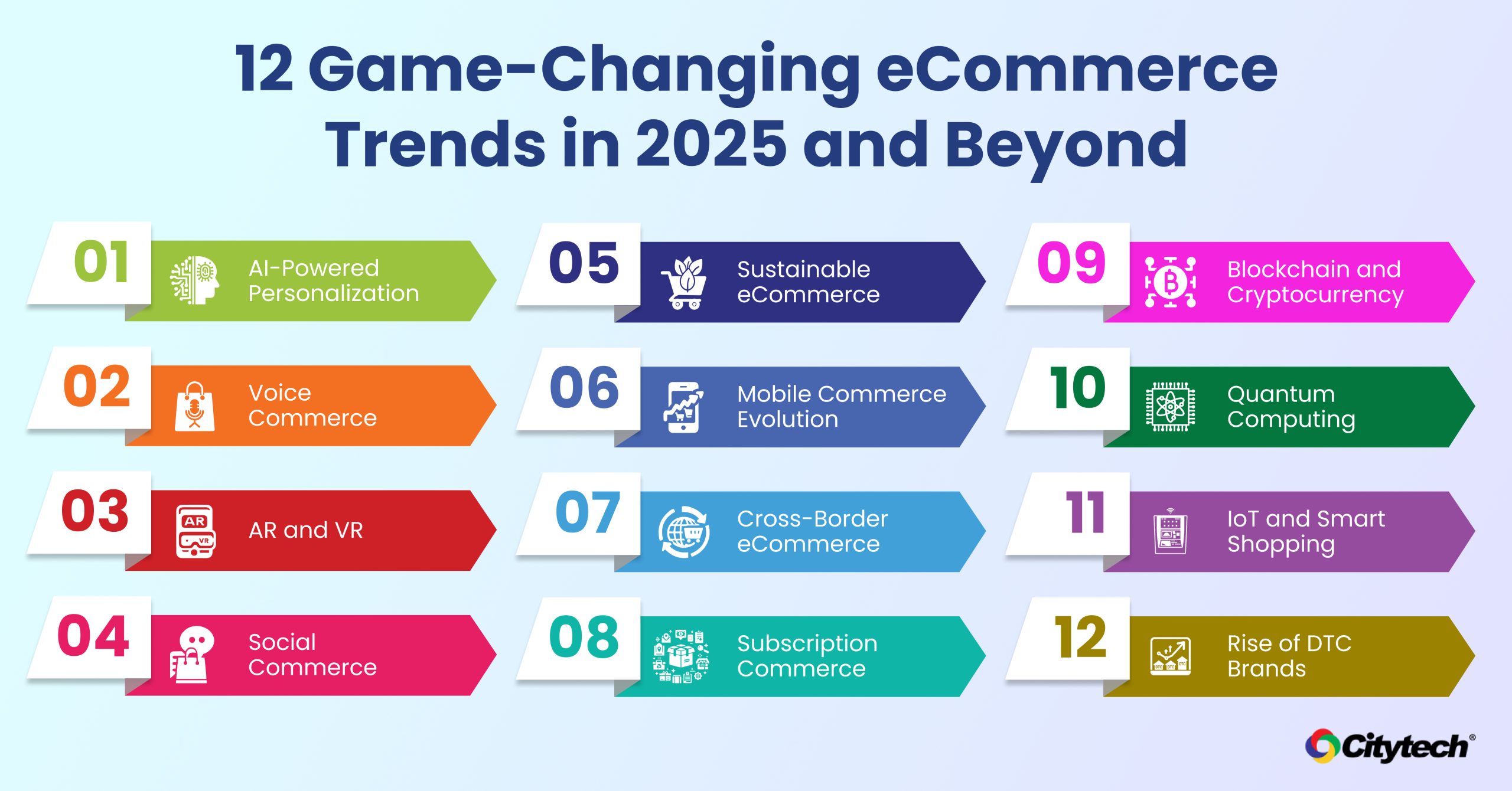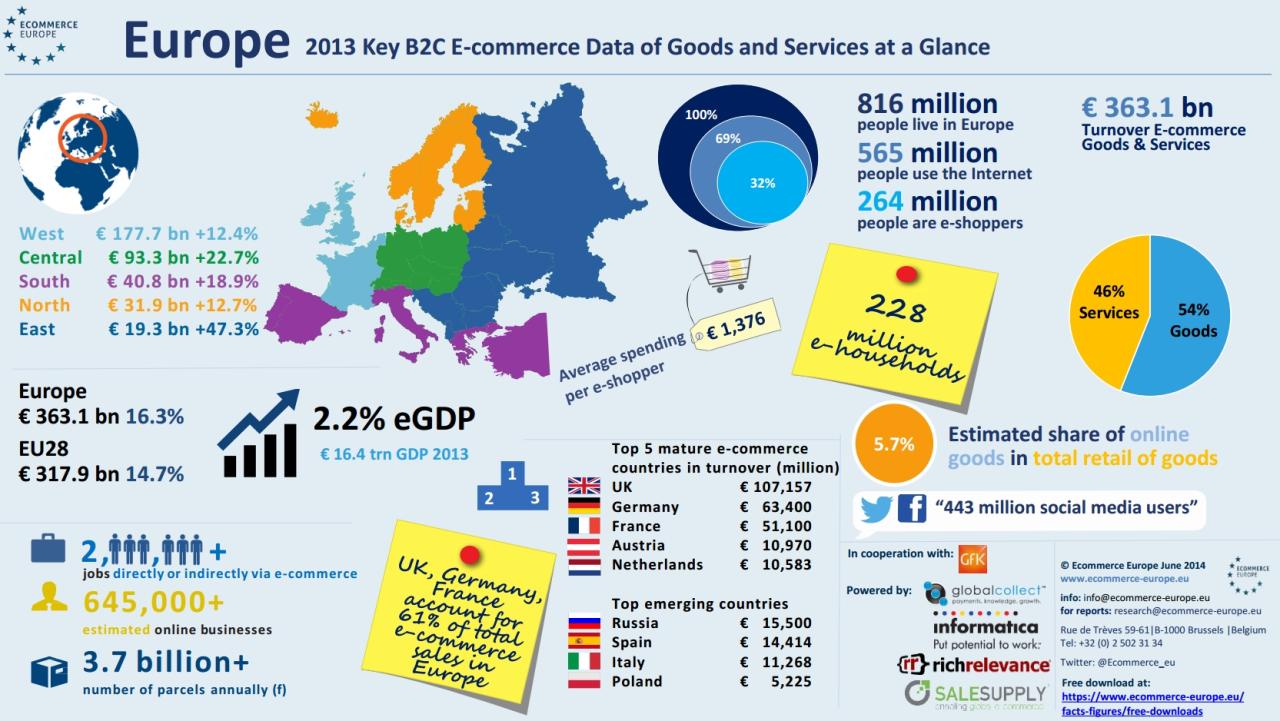As we delve into the realm of Ecommerce in 2025, it's crucial to stay ahead with Top Tech Tips that can revolutionize your online business. From AI advancements to optimizing website performance, this guide will unveil the key strategies to boost your conversions and drive success in the digital landscape.
Top Tech Tips to Improve Ecommerce Conversions in 2025
In the ever-evolving world of ecommerce, staying ahead of the curve is essential for businesses looking to boost conversions. By leveraging cutting-edge technologies, online retailers can enhance the shopping experience for customers and drive sales to new heights. Let's delve into some top tech tips that can help improve ecommerce conversions in 2025.
Explore emerging AI technologies for personalized shopping experiences
Artificial Intelligence (AI) is revolutionizing the way online retailers interact with customers. By utilizing AI-powered algorithms, ecommerce platforms can analyze customer data to deliver personalized product recommendations, tailored promotions, and targeted marketing campaigns. This level of customization can significantly enhance the shopping experience and increase conversion rates.
Discuss the impact of virtual reality and augmented reality on online shopping
Virtual Reality (VR) and Augmented Reality (AR) technologies are reshaping the ecommerce landscape by offering immersive shopping experiences to customers. By allowing shoppers to visualize products in a virtual space or try them on virtually, VR and AR can bridge the gap between online and offline shopping.
This enhanced visualization can lead to higher customer engagement and ultimately drive conversions.
Analyze the role of voice commerce and smart speakers in driving sales
Voice commerce, powered by virtual assistants like Amazon's Alexa or Google Assistant, is gaining traction in the ecommerce industry. Customers can now place orders, track shipments, and even get product recommendations using voice commands. Integrating voice commerce capabilities into ecommerce platforms can streamline the shopping process, making it more convenient for customers and potentially increasing conversions.
Evaluate the use of chatbots and AI-powered customer service for enhancing conversions
Chatbots and AI-powered customer service tools are becoming invaluable assets for ecommerce businesses. These intelligent systems can provide real-time assistance to customers, answer queries, and even facilitate transactions. By offering round-the-clock support and personalized interactions, chatbots can improve customer satisfaction levels and drive conversions by guiding users through the purchasing journey.
Optimizing Website Performance

In the fast-paced world of ecommerce, having a well-optimized website is crucial to staying ahead of the competition. Optimizing your website performance can significantly impact your conversion rates and overall success in the online marketplace.
Significance of Fast Loading Times
Fast loading times are essential for reducing bounce rates on your website. Studies have shown that users are more likely to abandon a website if it takes too long to load. By optimizing your website for speed, you can provide a seamless user experience and keep visitors engaged.
- Minimize image sizes and use optimized formats like JPEG or WebP.
- Utilize browser caching to reduce load times for returning visitors.
- Implement lazy loading to prioritize the loading of visible content first.
Strategies for Mobile Optimization
With the increasing number of users accessing websites from mobile devices, optimizing your website for mobile is crucial. A mobile-friendly website not only improves user experience but also boosts your search engine rankings.
- Use responsive design to ensure your website adapts to different screen sizes.
- Optimize images and videos for mobile viewing to reduce load times.
- Implement Accelerated Mobile Pages (AMP) to create faster-loading mobile pages.
Importance of Responsive Design
Responsive design plays a key role in improving user experience across devices. A website that is not responsive can lead to frustration among users and result in higher bounce rates. By creating a responsive design, you can ensure that your website looks great and functions well on any device.
- Test your website on different devices to ensure it displays correctly.
- Prioritize content hierarchy for mobile users to enhance readability.
- Implement touch-friendly elements like larger buttons for better interaction.
Optimizing Checkout Processes
The checkout process is a critical stage in the ecommerce journey, and optimizing it can help minimize cart abandonment rates. A smooth and efficient checkout process can lead to higher conversion rates and increased customer satisfaction.
- Implement a guest checkout option to reduce friction for first-time buyers.
- Optimize form fields by only asking for essential information to streamline the process.
- Provide multiple payment options to cater to different preferences and increase convenience.
Data-driven Decision Making

In the world of ecommerce, data has become a valuable asset for businesses looking to improve conversions
Utilization of Big Data Analytics
Big data analytics allows ecommerce businesses to collect and analyze large volumes of data to understand customer behavior. By tracking metrics such as website traffic, click-through rates, and purchase history, companies can identify trends and patterns that can be used to tailor their marketing strategies and improve the overall customer experience.
- Utilize data from customer interactions to personalize marketing messages and product recommendations.
- Identify areas of improvement on the website by analyzing user behavior and preferences.
- Optimize pricing strategies based on historical data and market trends.
Benefits of Predictive Analytics
Predictive analytics plays a crucial role in forecasting trends and demand in the ecommerce industry. By analyzing historical data and using machine learning algorithms, businesses can predict future customer behavior and preferences, allowing them to make proactive decisions to meet consumer needs.
- Forecast inventory levels to prevent stockouts and overstock situations.
- Predict customer churn and implement retention strategies to increase customer loyalty.
- Identify cross-selling and upselling opportunities based on predictive models.
A/B Testing Methods
A/B testing is a powerful tool for optimizing website elements and improving conversions. By testing different variations of a webpage with different audiences, businesses can determine which design, content, or layout performs best and drives more engagement and conversions.
- Experiment with different call-to-action buttons to see which one generates more clicks.
- Test different product images to determine which one resonates best with customers.
- Optimize landing pages by testing different headlines and copy to improve conversion rates.
Leveraging Customer Data for Targeted Marketing Campaigns
By leveraging customer data collected through various touchpoints, ecommerce businesses can create targeted marketing campaigns that resonate with their audience. Personalized messages, product recommendations, and promotions based on customer preferences can significantly improve conversion rates and drive customer loyalty.
- Segment customers based on their purchase history, preferences, and behavior to deliver relevant marketing messages.
- Use retargeting strategies to reach out to customers who have shown interest in specific products but haven't made a purchase.
- Create personalized email campaigns with dynamic content based on customer data to increase engagement and conversions.
Enhancing Security and Trust
In the fast-paced world of e-commerce, security and trust are vital components that can make or break a business. Customers need to feel confident when making online transactions, knowing that their personal information is safe and their purchases are secure.
Let's delve into some strategies to enhance security and build trust in your e-commerce platform.
Importance of SSL Certificates and Secure Payment Gateways
SSL certificates and secure payment gateways are non-negotiable elements when it comes to ensuring the security of your e-commerce website. An SSL certificate encrypts data transmitted between a user's browser and the website, protecting sensitive information such as credit card details and login credentials from potential cyber threats.
Secure payment gateways provide an extra layer of security by processing transactions securely, giving customers peace of mind.
Building Trust Through Customer Reviews and Testimonials
Customer reviews and testimonials play a crucial role in building trust with potential buyers. Positive feedback from satisfied customers can help establish credibility and reassure new shoppers that they are making the right choice. Encourage customers to leave reviews and showcase testimonials prominently on your website to showcase the positive experiences of past clients.
Role of Cybersecurity Measures in Protecting Customer Data
Cybersecurity measures are essential for safeguarding customer data from malicious attacks and breaches. Implementing robust security protocols, regular security audits, and staying up to date with the latest security standards are crucial steps to protect sensitive information. By prioritizing cybersecurity, you not only protect your customers but also uphold your reputation as a trustworthy e-commerce business.
Tips for Transparent Pricing and Policies to Build Credibility
Transparent pricing and policies are key elements in building credibility and trust with your customers. Clearly communicate pricing details, shipping costs, return policies, and terms of service to ensure transparency and avoid any confusion or misunderstandings. Honesty and clarity in your pricing and policies will help foster trust and loyalty among your customer base.
Outcome Summary

In conclusion, embracing the latest tech trends and implementing innovative strategies is paramount to thriving in the competitive Ecommerce market of 2025. By incorporating these Top Tech Tips, you'll be well-equipped to enhance your conversions, engage customers effectively, and elevate your online business to new heights of success.
FAQ Overview
How can AI technologies enhance personalized shopping experiences?
AI technologies can analyze customer data to provide personalized product recommendations, create tailored marketing campaigns, and offer interactive shopping experiences, thereby increasing conversions.
Why is responsive design important for Ecommerce websites?
Responsive design ensures that websites adapt to various screen sizes and devices, providing a seamless user experience and increasing the likelihood of conversions from mobile users.
What role does big data analytics play in understanding customer behavior?
Big data analytics can help Ecommerce businesses gain insights into customer preferences, buying patterns, and trends, allowing for targeted marketing strategies and personalized customer experiences.



